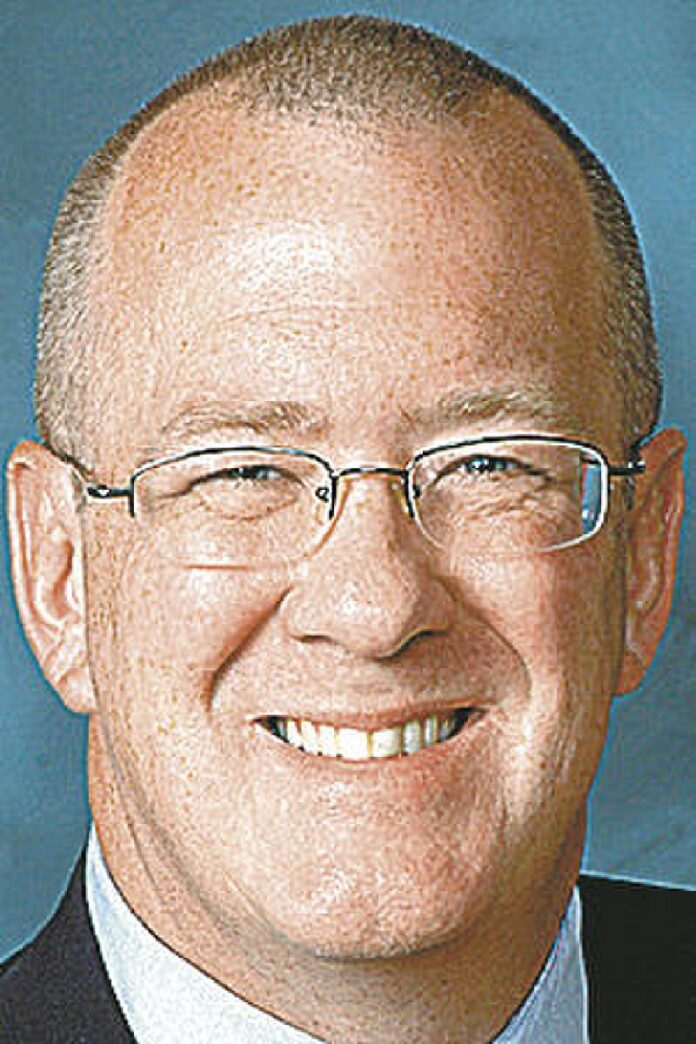America’s colleges and universities are in the midst of reopening in what is sure to be a reckoning for many. My oldest already began her senior year, and my college sophomore heads back in early August. Both face strict rules on mask wearing and social distancing. They return to a combination of online and in-person instruction, with a schedule fraught with uncertainty.
Right now, about a third of schools have announced this hybrid model, with more than half planning for in-person classes. A few have elected to be online only, but this raises real challenges for colleges. I have written about the economic effects of the K-12 decisions before us, but there are economic effects to re-opening colleges as well.
Some of the costs of COVID-19 on U.S. colleges are already emerging. International enrollment will drop, perhaps profoundly as few students can travel to the U.S. to start school. Some will take online courses, but many will opt to delay a year or substitute a Canadian or UK university for a pandemic-stricken American school. This loss of out-of-state tuition will be enormous.
Nearly every state has announced or implemented budget reductions for higher education. For those with endowments, stock volatility augers little good news for financial returns in the year ahead. Research dollars are likely to be down this year, and extra revenue from summer programs and athletic events face epic declines. Nearly every American college or university is downsizing staff.
COVID-19 hits at a confusing time for higher education. The financial returns of a college degree remain stunningly high, well over a million dollars in a lifetime. More than 80% of all the net job growth for the past 30 years has gone to college graduates. Nearly all the wage growth over 30 years went to college graduates, signaling that demand for college-educated workers is outstripping the supply.
At the same time, state cuts to higher education have increased costs to students and forced most public universities to enroll large shares of out-of-state and international students to make up the financial shortfall. Thus, we have the bizarre environment where it is easier to get admitted to out-of-state schools than those in-state schools of the same quality. Incentives matter.
Largely due to low and declining state support, Indiana is near the very top of the list of states with foreign and out-of-state students. There are many benefits to this, but there are risks. The response to COVID-19 magnifies these risks, and at least one research group, led by Scott Galloway of NYU, attempted to evaluate the risks to schools from COVID-19 response.
Galloway’s analysis examined the value to cost ratio and a vulnerability ratio that attempted to capture its risk to COVID-19 effects on enrollment. With this, he put each school into one of four categories. Of the 456 schools he lists, 88 will thrive, 128 will survive, 131 will struggle, and 89 will perish.
These measures aren’t perfect, and not every school made data available. However, the analysis did capture the gist of the problem. If universities conduct in-person classes, we must expect heavy transmission of disease. No matter what steps are taken in the classroom and on-campus, Galloway calls it "delusional" to believe students will social distance elsewhere.
If universities do not re-open, we must expect broad enrollment shifts between schools. For online classes, students will flee low-value schools. High-value schools, which mostly aren’t low-priced schools, are safe from this calculus. The low-value schools, with low endowments and high admissions rates, are the most at-risk of financial meltdown.
Naturally, we should be interested in how Indiana schools will fare. Not every school was analyzed, but the general outline was clear. Ball State, Wabash and Notre Dame are expected to thrive. All three are high-value schools. Both IU and Purdue are ranked at greater risk, despite their high value, due to their high reliance on out-of-state and foreign students.
Every other university or college was on the list of "struggle" or "perish" schools. While not every school was analyzed, my guess is that Butler University is the only other Indiana school that would dodge the struggle/perish list. This should be sobering because the schools on the thrive and survive list are already conducting layoffs and cost-cutting programs. The economic shocks of our national response to COVID-19 will almost surely force some colleges in Indiana to close.
There are no easy remedies for these challenges, especially with state finances facing the most daunting two years since the Great Depression. Still, the future of Indiana’s economy depends on deepening our bench of college graduates. If we fail that, no other policy or spending priority will make Indiana prosper.
Michael J. Hicks, Ph.D., is the director of the Center for Business and Economic Research and the George and Frances Ball distinguished professor of economics in the Miller College of Business at Ball State University. His column appears in Indiana newspapers.





